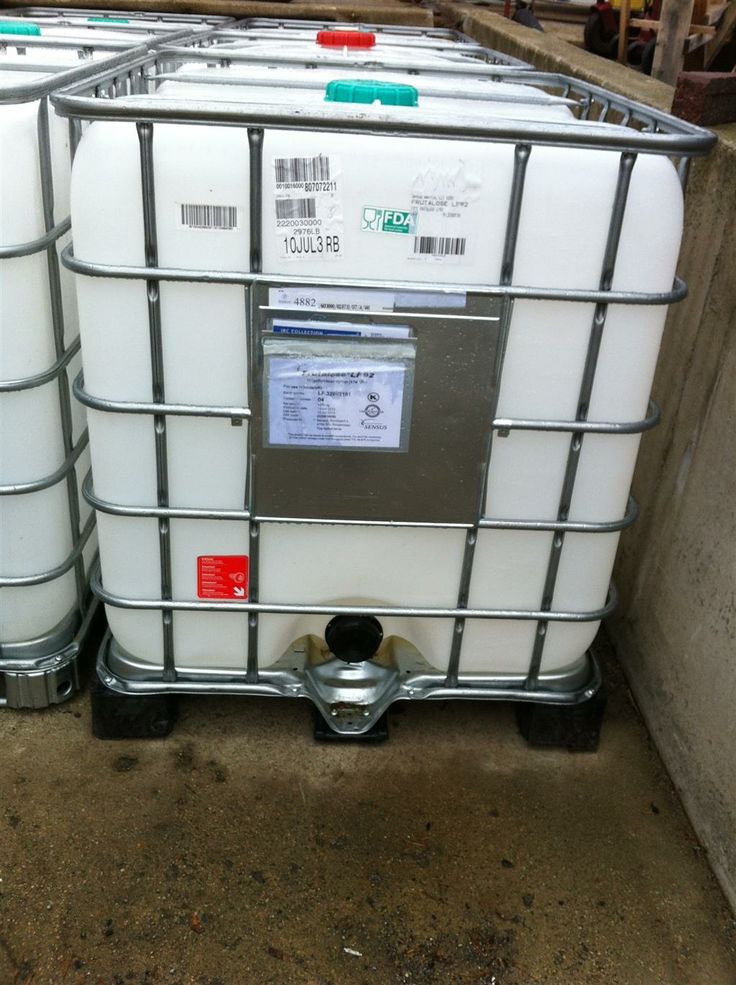We use rubbertex insulation, sheets on tanks, and rubbetex piping insulation on the piping mitered joints, use contact cement to join it then cover it with this




as long as you keep the uv rays away from it your a okSmallest steel tank I'm familiar with is 50,000 gallon water tower. Inside of tank was drained and cleaned every ten years to weld interior pits in the metal and reapply a grease coating to prevent the stored water from rusting through the tank.
Me thinks plastic tanks would be the way to go for home storage.









Actually, a lot depends on where you live. The insulation helps keep the water from freezing. Yes, you do need to insulate plastic, or have a substantial heat source. In some places the frost line is one or two feet. At my last home the frost line was from 40' to 400'. In the summer it would thaw up to 2'. For refrigeration when camping you would dig a hole till you met permafrost, place your food in the hole, and lay a piece of plywood over it.The foam is to prevent rust. If you bury the tank you don't need insulation. If you bury a plastic tank you don't need the foam.
Using a siphon to take water from the bottom of the tank to the top of the tank won't work. The outlet of the siphon has to be below the water level. If you have a way to get water to flow above the level in the tank you need to put it on the internet and patent it right away.
IBC totes are handy and available most places. The one down side is the sun will rot them out quickly. Painting them ASAP helps a lot.I'll second the consideration for using IBC totes.
Thought he said he'll be putting them in a garage (no sun). I have 10 filled with water that never saw sun. Water is as pure as current faucet water.IBC totes are handy and available most places. The one down side is the sun will rot them out quickly. Painting them ASAP helps a lot.
Enter your email address to join: